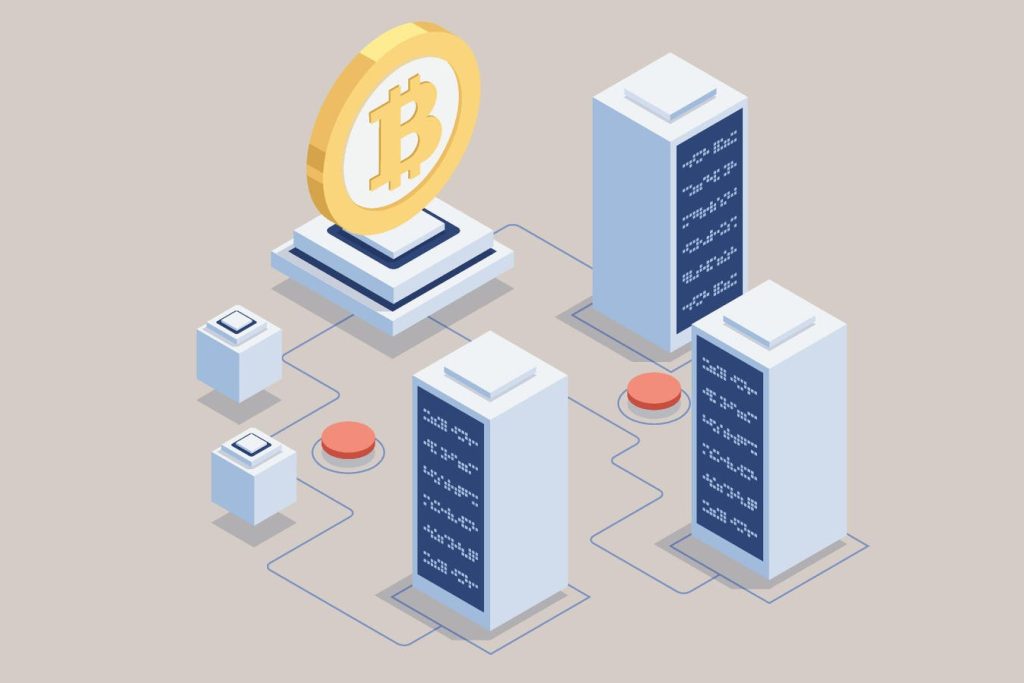The emergence of cryptocurrencies after the 2008-2009 financial crisis brought about a revolutionary change in the financial landscape, aiming to democratize finance through decentralized platforms powered by blockchain technology and smart contracts. The crypto sector has experienced cycles of highs and lows, with a significant resurgence in 2024, leading to renewed interest from investors and entrepreneurs who are committed to building infrastructure and applications for widespread adoption. This renewed fervor reflects a strong belief in the transformative potential of cryptocurrency technology.
In 2024, the tokenization of real-world assets (RWAs) has seen substantial growth, with major financial institutions like JPMorgan Chase, Citibank, and BlackRock actively exploring tangible implementations of tokenization. Tokenization involves representing off-chain assets on a blockchain, enabling fractional ownership and enhancing accessibility, affordability, liquidity, and mobility of traditionally illiquid assets. This process transforms both tangible and intangible assets into digital tokens, paving the way for open marketplaces connecting global markets, investors, and asset owners.
The global reach and 24/7 trading of crypto markets enable transactions in tokenized RWAs, democratizing investment and enhancing transparency while unlocking opportunities for decentralized applications (dapps), new business models, and strategic alliances. The market for tokenized assets is projected to reach $10 trillion by 2030 as traditional financial institutions increasingly adopt blockchain technology, providing global access to financial stability and driving significant social change. Tokenization democratizes access to investments in premium assets like luxury items, ESG projects, and precious metals, unshackling exclusive ownership and opening new opportunities for a wider pool of investors.
The endorsement and exploration of tokenization by industry giants like BlackRock and JPMorgan Chase validate the technology’s capabilities and highlight its potential as a transformative use case in the financial sector. Prominent leaders in finance have positively appraised tokenization as a revolutionary concept with the power to reshape finance and society as a whole. The tokenization journey involves acquiring, valuing, and digitizing real-world assets into on-chain tokens, creating opportunities for investors to access previously illiquid assets through integrated marketplaces and exchanges.
While tokenizing physical RWAs offers significant opportunities, it also presents regulatory challenges related to compliance with securities laws, legal frameworks, ownership structures, KYC requirements, and data protection laws. Success in tokenizing assets relies on selecting the right blockchain platform, establishing legal compliance, fostering interoperability among platforms, balancing transparency with privacy, and navigating complex regulatory landscapes across jurisdictions. Pioneering companies like DualMint are leading the way in tokenizing diverse assets through innovative approaches like the Dual Provenance Protocol, creating a comprehensive ecosystem with value-added services and promoting a robust ownership economy.
In conclusion, tokenizing physical assets represents a significant advancement in finance, democratizing investments and enhancing financial processes. However, this innovation faces hurdles related to regulation, technology, and operations that require meticulous compliance, innovative solutions, and collaboration among global regulators, financial institutions, and technology providers to unlock the full potential of tokenization in creating unparalleled opportunities for businesses and individuals alike.


